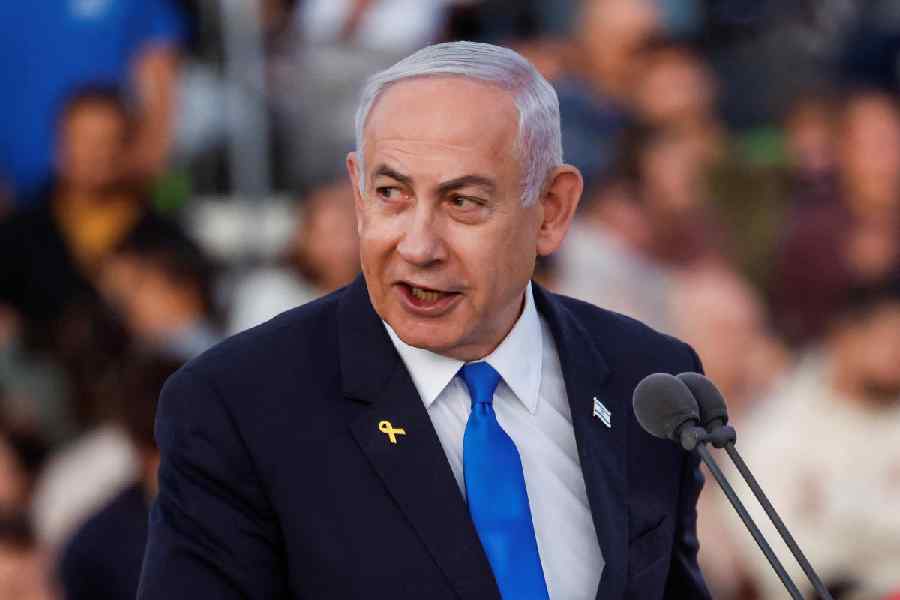Amid the blame game over water flow from the Hathnikund barrage increasing the Yamuna level in Delhi, Haryana Education Minister Kanwar Pal Thursday said not releasing excess water from the barrage could lead to a "bigger damage".
"When there are floods or heavy rains as we not releasing excess water from the barrage could lead to a "bigger damage".saw in neighbouring Himachal Pradesh and even our state in the last few days, there is no option but to release water. If we stop the water, the situation will be disastrous," the minister said.
Pal said the Hathnikund barrage does not have a mechanism to store large volumes of water like a reservoir, adding that if water is held in the barrage beyond a permissible limit, a "bigger damage" could be caused.
His comments came a day after Delhi Chief Minister Arvind Kejriwal in a letter to Union Home Minister had requested that “if possible, the water from the Hathnikund barrage in Haryana be released in limited speed” and pointed out that Delhi is set to host the G20 Summit meeting in a few weeks.
The torrential Yamuna in Delhi swelled to a staggering 208.48 metres Thursday morning, inundating nearby streets and public and private infrastructure, and causing immense hardships to people living in close proximity to the river.
With the situation deteriorating every passing hour, Chief Minister Arvind Kejriwal urged the Centre to intervene and the city police imposed Section 144 of the CrPC in flood-prone areas to prevent unlawful assembly of four or more people and public movement in groups.
Meanwhile, officials said the water flowing in Haryana's Hathnikund barrage in Yamunanagar district on Thursday was 1.62 lakh cusecs at 10 am, significantly down from Tuesday morning's flow rate of around 3.21 lakh cusecs of water discharged from the barrage.
Owing to the heavy rains in Himachal Pradesh and Haryana in the past few days, the water level rose in the Hathnikund barrage beyond the permissible limit, following which excess water in the barrage was discharged into the Yamuna river, eventually leading to a rise in the river's water level in the national capital.
The water discharged from the Hathinikund barrage normally takes two to three days to reach New Delhi.
There are two major barrages on the Yamuna -- Dakpathar in Dehradun and Hathnikund in Yamunanagar, upstream of Delhi. There are no dams on the river and, therefore, most of the monsoon flow remains unutilised, resulting in floods during the season.
Over the past few days, the gushing floodwaters from the Yamuna have also inundated vast tracts of agricultural land in Haryana's Karnal and Panipat districts and impacted some villages.
Explaining the technical aspects of a barrage, Ravi Mittal, Superintending Engineer of Hathnikund Barrage said, "The main difference between a dam and a barrage is that water can be stored in a dam, but there is no storage in the barrage; it is only a diversion where we have limited control."
"There is no reservoir in a barrage and we don't have any mechanism to hold water here. Even if there are a few thousand cusecs in the barrage, that has to be released in Yamuna river. And after the recent heavy rains in Himachal, we saw thousands of cusecs of water flowing in," he added.
Mittal said there are certain technical guidelines for operating the barrage, which if not followed could "pose a bigger danger". "When there is a flood in river Yamuna, boulders, big wooden logs come along, and if we lower the barrage gates even by a bit at that time, the entire structure will get damaged and the situation can turn critical and go beyond anyone's control," he added.
The Hathnikund barrage has been designed and constructed as per the drawings and guidelines of the Central Water Commission. Its construction started in 1996 and it was completed by 2000, said Mittal.
Except for the headline, this story has not been edited by The Telegraph Online staff and has been published from a syndicated feed.











